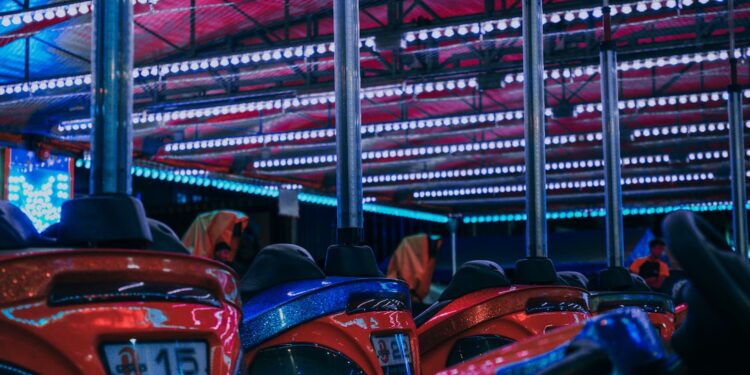From Books to Movies: The Challenges of Adapting Literature to the Big Screen
Books have captivated readers for centuries, offering us glimpses into different worlds, introducing us to complex characters, and immersing us in captivating narratives. When a beloved book is adapted into a movie, fans experience mixed emotions – excitement about seeing their favorite stories on the big screen, but also apprehension about how faithfully the film will portray the essence of the book. Adapting literature to the movies is a challenging task that often poses several hurdles to filmmakers. In this blog post, we will explore some of the main challenges faced when bringing books to life on the big screen.
One of the most significant challenges of adapting literature to film is condensing a vast amount of content into a two-hour movie. Books can offer intricate plotlines, extensive character development, and rich world-building. However, filmmakers must make tough decisions about what to include, what to trim, and what to omit. In doing so, they run the risk of omitting key details that fans of the book might consider essential, leading to disappointment and criticism.
Another challenge lies in translating the internal thoughts of characters onto the screen. Books provide readers with deep insights into the minds of characters, their motivations, and their inner conflicts. However, movies primarily rely on visual storytelling, making it difficult to convey the same level of introspection. Smart adaptations find creative ways to represent these internal thoughts through dialogue, visual cues, or voiceovers, allowing the audience to understand the characters on a deeper level.
The alteration of key plot points is another challenge often faced when adapting books into movies. Filmmakers sometimes need to make narrative adjustments to compress the story or enhance the cinematic experience. However, changing significant aspects like the ending or pivotal character moments can be a delicate task, as die-hard fans of the book may be highly attached to these details. Striking a balance between artistic liberty and book fidelity is crucial to appease both new viewers and avid readers.
Another hurdle in adapting literature is capturing the essence of a book’s setting. Books often weave intricate descriptions of locations, whether it’s the bustling streets of a city, a magical fantastical realm, or a desolate post-apocalyptic landscape. Translating these vivid settings onto the big screen requires careful production design, set dressing, and visual effects. It is essential to stay true to the spirit of the author’s vision while also accommodating the practicalities of filmmaking.
Character portrayal is yet another challenge faced by filmmakers. Readers develop a mental image of characters based on the detailed descriptions provided by the author. Casting actors who match these vivid character descriptions while also embodying the essence of the character can be a daunting task. Success in this area is often subjective, with fans having their own opinions on whether the actors truly bring their beloved characters to life.
The transition from the written word to a visual medium also poses challenges related to pacing. Books give readers the flexibility to dwell on a page, re-read passages, and explore moments at their own pace. Movies, however, move at a fixed pace, with no room for lingering or repetition. Filmmakers need to find the right balance to keep the story engaging without rushing through important moments or bogging down the film with unnecessary details.
Lastly, one of the challenges that both filmmakers and book enthusiasts face is the inherent differences between books and movies as storytelling mediums. Books allow readers to imagine and interpret the story in their own unique way, fostering a deeply personal connection. Movies, on the other hand, present a more singular vision created by a team of filmmakers. Adapting a book into a movie means that the director’s creative perspective becomes the dominant one, which may or may not align with the expectations of fans.
In conclusion, adapting literature to the big screen is a complex and challenging endeavor. From condensing a vast amount of content to capturing the essence of characters and settings, filmmakers face numerous obstacles when bringing books to life. Balancing the expectations of loyal readers with the demands of visual storytelling requires skill, creativity, and a deep understanding of both mediums. While not every adaptation may satisfy everyone, successful adaptations can introduce new audiences to the wonders of literature and ignite a desire to explore the original source material.














